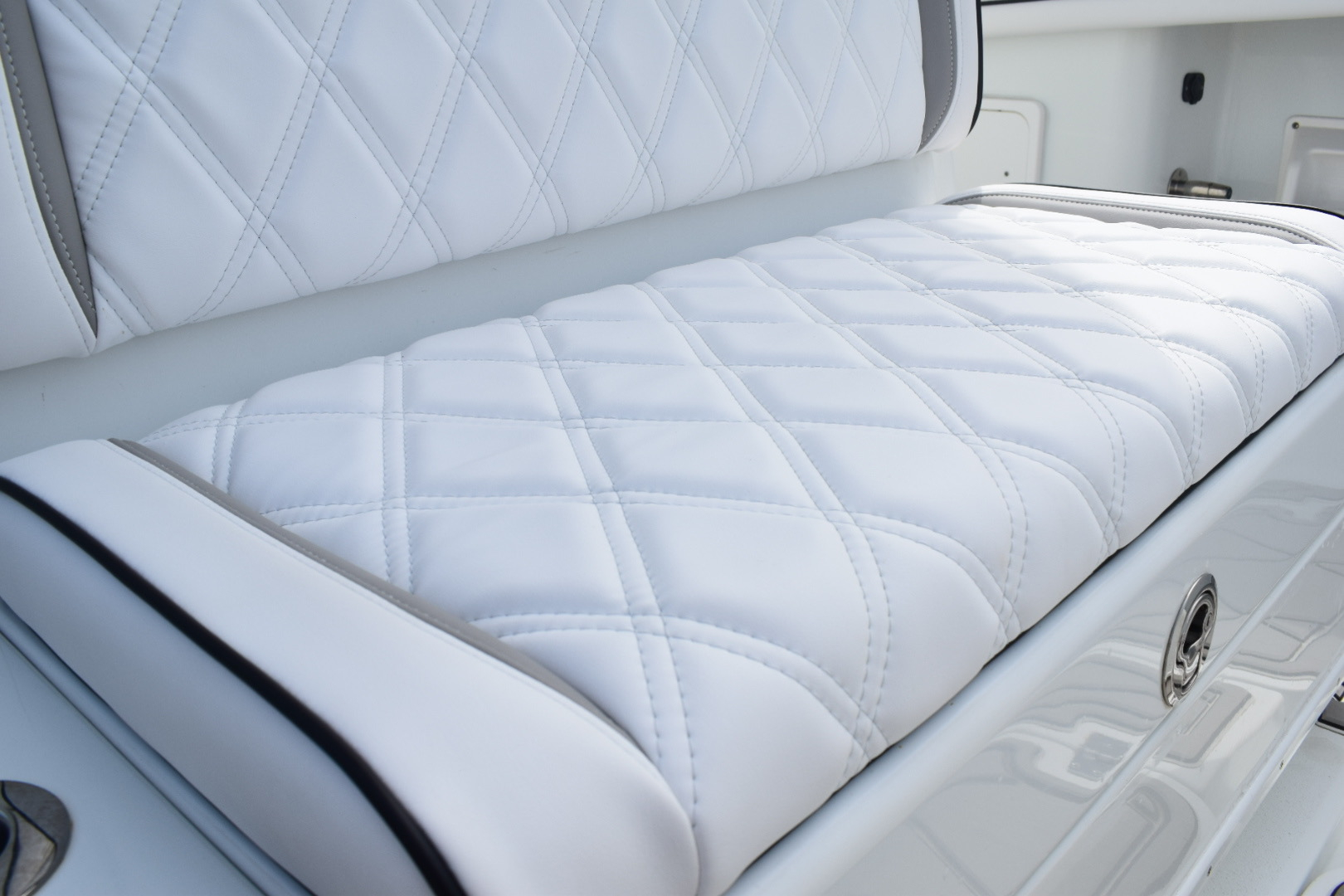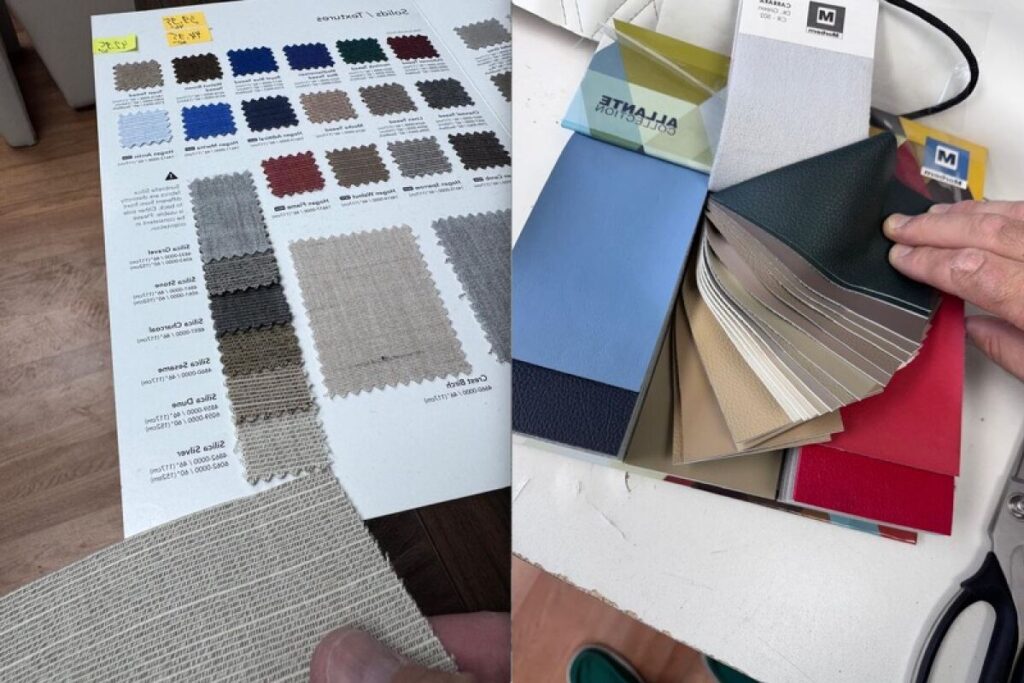Marine Upholstery Repair: Restoring Comfort and Style to Your Boat

Over time, even the best marine upholstery experiences wear and tear. Saltwater, sun exposure, constant moisture, and regular use can cause materials to crack, fade, or deteriorate. When your boat’s cushions, seats, or panels begin to show signs of damage, marine upholstery repair becomes essential—not just to maintain aesthetics, but also to preserve comfort, hygiene, and overall vessel value.

Common Problems Addressed by Marine Upholstery Repair
Marine upholstery faces unique challenges, and repairs typically focus on:
- Cracked or torn vinyl: Sun and salt degrade vinyl surfaces causing unsightly cracks or holes.
- Faded fabric: UV rays bleach colors and weaken materials.
- Mold and mildew: Moisture trapped in foam or seams promotes mildew growth, affecting health and smell.
- Flattened or broken foam: Lost cushioning reduces comfort and seat support.
- Broken stitching or seam separation: Stress and wear can cause seams to split or unravel.
- Frame or hardware damage: Sometimes repairs extend to seat frames or fasteners that affect upholstery fit.
The Repair Process Explained
1. Assessment and Diagnosis
A professional upholsterer inspects the boat’s seats and panels, noting the extent of damage to fabric, foam, and frame. They will identify if partial repairs suffice or a full reupholstery is needed.
2. Material Selection
Repair materials must match or exceed original specifications to ensure durability. Marine-grade vinyl or solution-dyed acrylic fabrics are commonly used, along with UV-resistant thread and high-density foam.
3. Removing Damaged Areas
Torn or degraded vinyl/fabric is carefully removed. In some cases, only a panel or section is replaced to save costs.
4. Foam Replacement
Foam is inspected and replaced if necessary with marine foam that resists water absorption and mildew.
5. Stitching and Seaming
Repairs involve precise stitching, often double-stitched with UV-resistant thread to prevent future damage. Seams may be sealed or reinforced.
6. Reassembly and Finishing
Cushions or seats are reassembled, ensuring a tight, clean fit. Final cleaning and treatment may include UV protectants or anti-mildew sprays.
DIY vs. Professional Repairs
Minor repairs like patching small tears or cleaning mildew can be handled by skilled boat owners. However, professional marine upholstery repair guarantees quality results, especially for extensive damage or intricate stitching. Pros have access to specialized equipment and marine-grade materials that DIY kits lack.
Maintenance Tips to Extend Upholstery Life
- Rinse seats with fresh water after each use to remove salt and dirt.
- Use protective covers when the boat is not in use.
- Clean with mild soap and avoid harsh chemicals.
- Inspect regularly for early signs of wear or damage.
Regular maintenance reduces the need for costly repairs down the line.
When to Consider Replacement Instead of Repair
If upholstery damage is extensive — including large tears, severely degraded foam, or widespread mildew — a full reupholstery may be more cost-effective. Repairs can patch issues temporarily, but total replacement ensures consistent aesthetics and comfort.
Benefits of Timely Upholstery Repair
- Preserves your boat’s resale value by maintaining a clean, cared-for appearance.
- Improves onboard comfort and safety.
- Prevents further deterioration and costly structural damage.
- Maintains hygiene by eliminating mold and mildew.
Where to Find Marine Upholstery Repair Services
Specialized shops with experience in marine upholstery repair offer tailored solutions using the best materials and techniques. They can provide advice on repair vs. replacement and deliver lasting results.
For reliable expertise, visit marine upholstery repair to explore professional service options.


